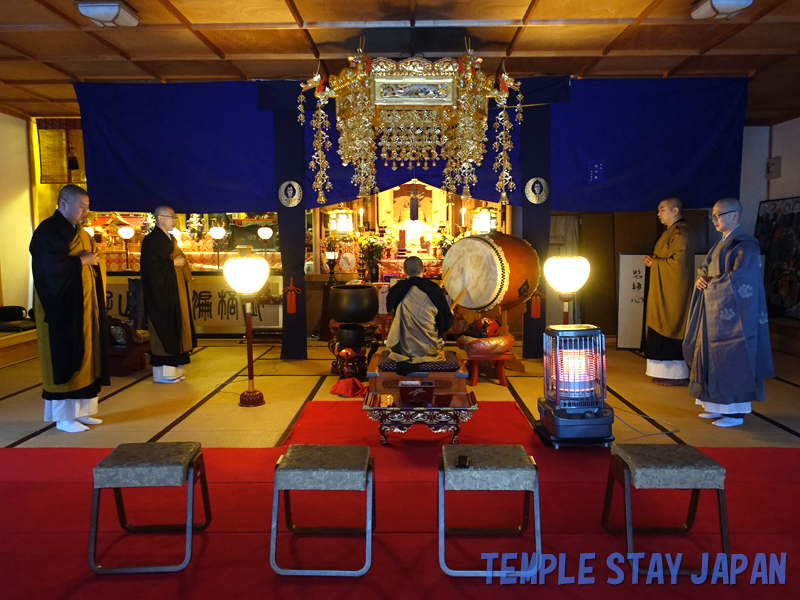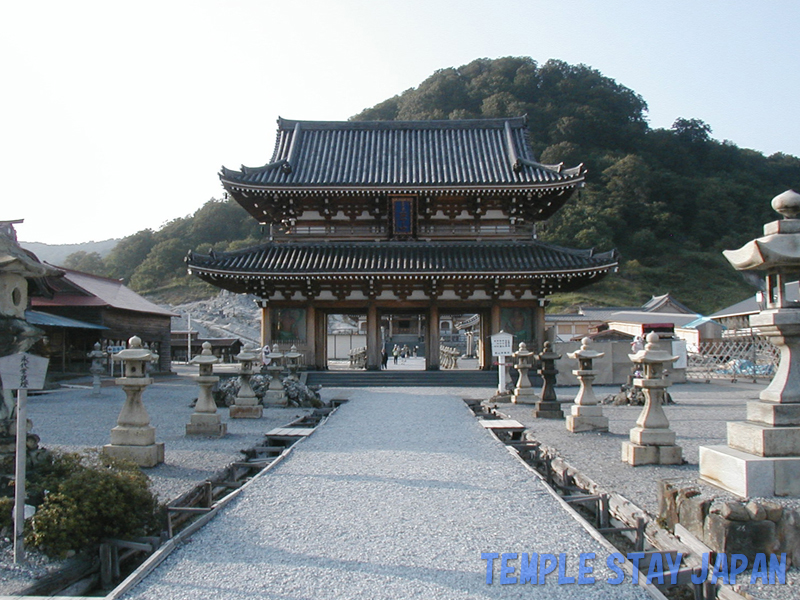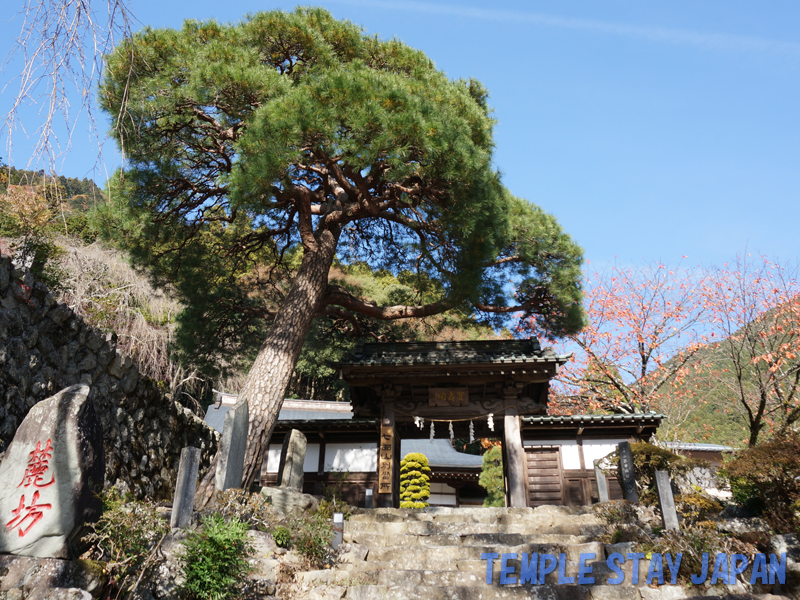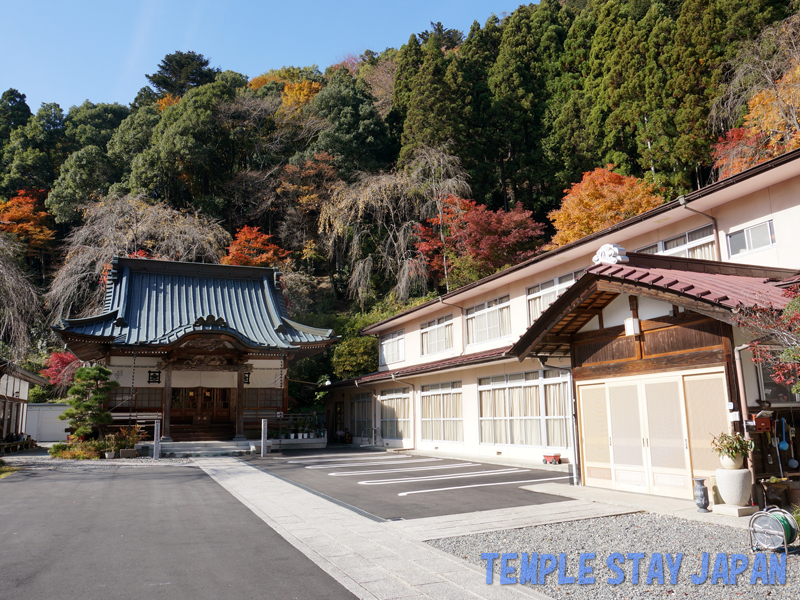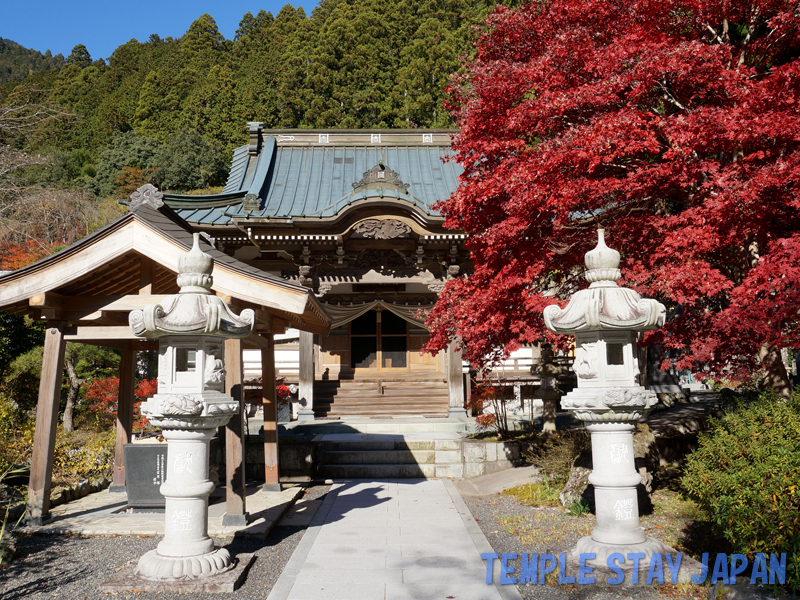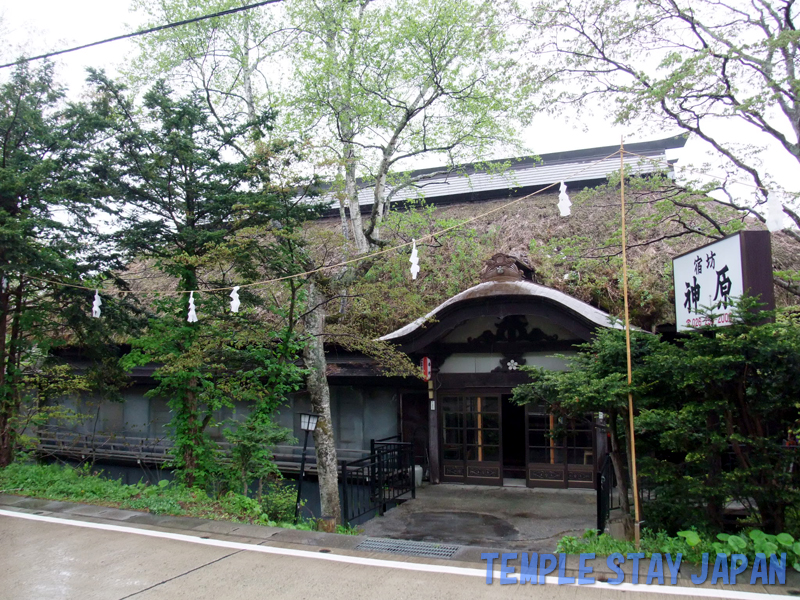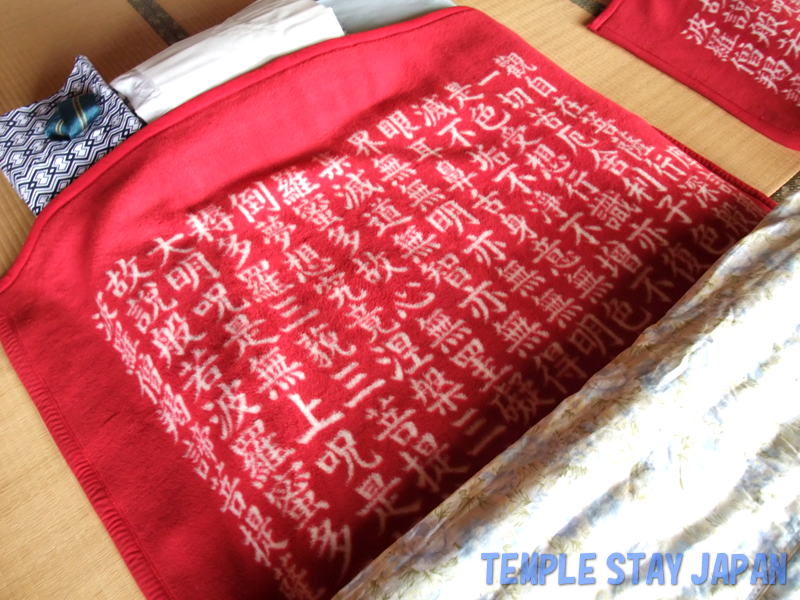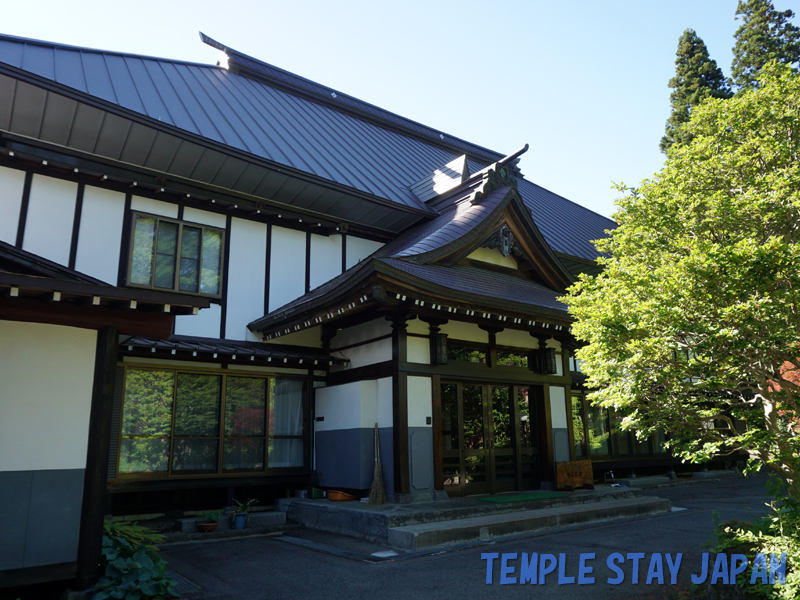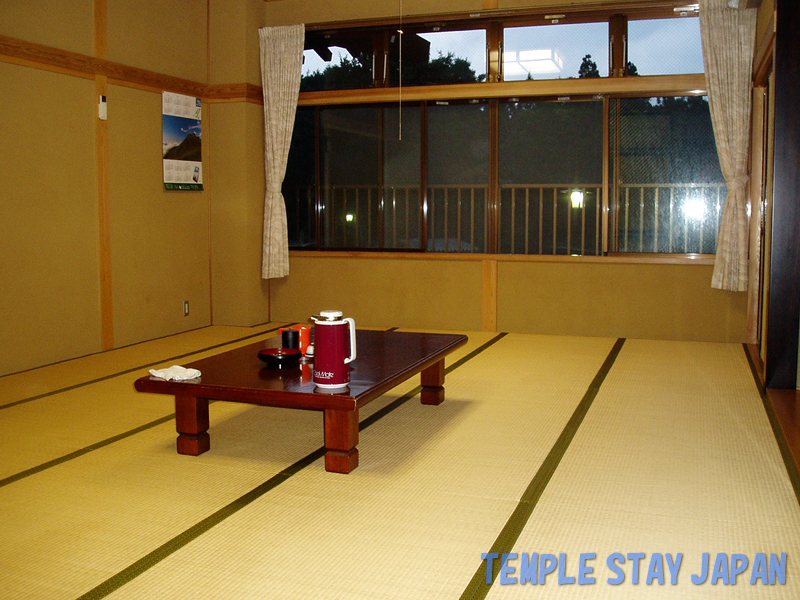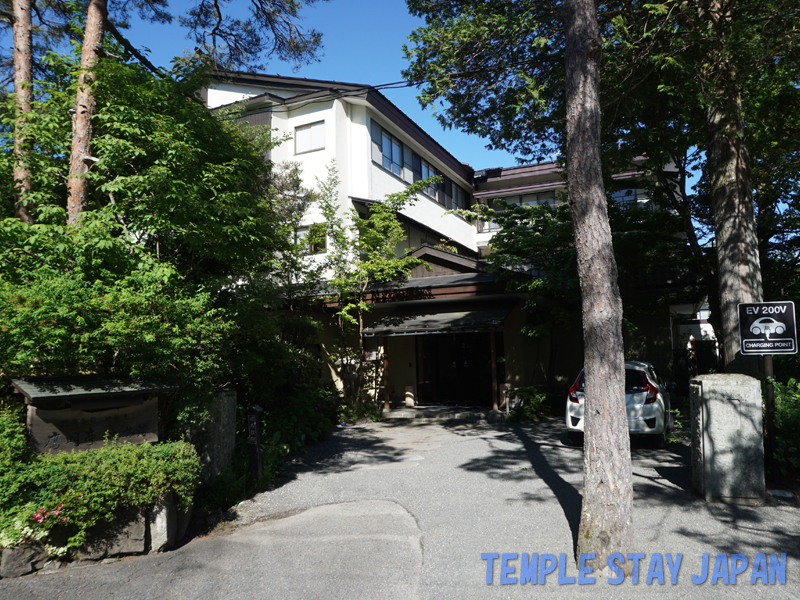stay– category –
-

Fugenin temple stay (Aomori)
Fugen-in is a temple located in Oma, at the northernmost tip of Honshu, the tip of the Shimokita Peninsula. Within the temple grounds, which cover 10,000m2, there is a lodging facility that only accepts one group per day. The monk is very young and will teach you zazen and copying sutras. -

Osorezan Bodaiji temple stay (Aomori)
Mount Osorezan is a sacred mountain located on the Shimokita Peninsula at the northernmost end of the main island of Honshu. The shukubo's rooms are as clean as any hotel room. In the precinct, there are four hot springs, each with different effects. -

Fumotobo temple stay (Yamanashi)
Fumotobo is a shukubo of Kuonji Temple on Minobu-san, the head temple of the Nichiren sect. I was the only guest there, so I was able to relax. I attended the evening service. They performed a careful service, including offering prayers for our ancestors. -

Hongyobo temple stay (Yamanashi)
Hongyobo is a temple with origins in the 13th century and is a shukubo of Kuonji Temple on Minobu-san, the head temple of the Nichiren sect. It is located at the very back of Minobu, just down the hill from Kuonji Temple, making it convenient for worship. -

Takenobo temple stay (Yamanashi)
Takenobo is located right in front of you after passing through the large gate of Kuonji Temple. Morning services are held in the main hall. For dinner, you can enjoy Minobu's specialty, yuba (tofu skin). -

Shukubo-Kanbara shrine stay (Nagano)
Kamihara is located along the road leading to the Chusha Shrine of Togakushi Shrine. It is a wooden building with a thatched roof that was built in 1900. Limited to one group per day. Guest rooms were very spacious, well-cleaned and comfortable. -

Dainichibo temple stay (Yamagata)
It is located inside Mount Yudono, at the end of a long drive up a mountain road. It is a sacred place for ancient mountain worship and is famous for its mummified monks.The blanket had the Heart Sutra written on it. Thanks to that, I was able to sleep soundly at night. -

Nakatani-Ryokan shrine stay (Nagano)
Nakatani-Ryokan is located near the Chusya shrine of Togakushi Shrine. There is a shrine inside the shukubo, and the shinto priest performs purification rituals. The guest rooms are Japanese-style rooms. For meals, you can enjoy seasonal wild vegetables and Togakushi soba noodles. -

Miyashitabo shrine stay (Yamagata)
Despite its nice, inn-like appearance, it has a large shrine inside. Here they perform ritual prayers called Gomakito from 5:30 in the morning. The food they serve is traditional shojin (vegetarian) cuisine rich in local produce. In Shinto, "meals" are called "naorai," which means "get-together between men and gods." -

Omeitei-Tsuji-Ryokan shrine stay (Nagano)
Omeitei-Tsuji-Ryokan is located near the Chusya shrine of Togakushi Shrine. Its charm lies in its buildings that are over 100 years old and its vast Japanese garden. You can enjoy Togakushi's specialty soba kaiseki course meal.

